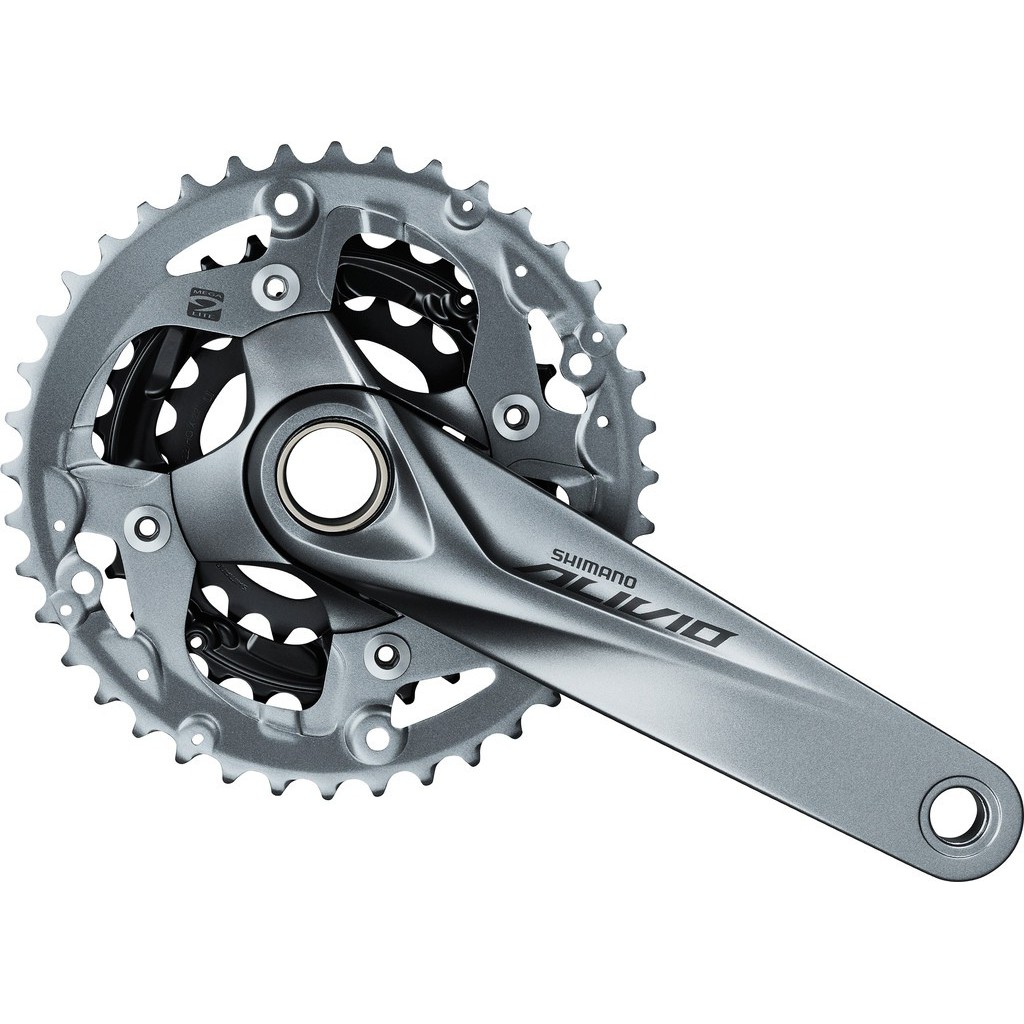Table of Contents
Road bikes are bikes built to take you as far as your legs can. The road bike takes its name from the land on which it is built – the lane.
At first sight, over the years, the road bike has not improved much. Compared to a complicated suspension bike, it is a conventional mountain bike with about the same shape as it was 50 years earlier.
There is nothing conventional about the carbon fiber frames and 24-speed electric trains that we now see on high-end devices. New bikes are quicker, more affordable, and more technologically advanced than ever.
Although the hardware has changed, how the bike suits you is most critical. If you have that right at the outset, anything else would be clear.
Structure and fork

The frame is the foundation of every motorcycle and road bike frames typically are constructed from aluminum or plastic with steel and titanium in more niche versions.
Standard road frames have a floating top tube with a shorter Seatpost, but streamlined construction is the most popular for an angled head tube to increase the standing height to make the frames narrower with lighter. You must buy the best size and form for yourself and the riding style you will do.
The forks on the costlier bike are usually made of carbon, although cheaper versions can be mixed with titanium, titanium, or steel instead.
Tires and spokes

Road bike wheels don’t have to be as sturdy as mountain bike tires, because there are less voice and smoother rims. Aerodynamics are important because the edges are often deeper (depth corresponds to the cross-section height of the rim).
In recent years, the roadside has still been smaller. Still, analysis suggests that this is more aerodynamic, raises a smoother ride’s pneumatic capacity, and theoretically contributes to lower flats.
Road bike pneumatic pneumatics are often slim and not as thin, but larger ones in the real world are more stable and quicker.
The 25 mm diameter is standard for race-focused bikes, although the 28 mm or 30 mm rear-focusing devices might also be available. In the past, 23s were popular, and some riders were 18 mm strong.
Road tires typically have a thin or near-slick rubber to reduce rolling resistance and operate at maximum pressures of about 4.8 to 8 bar/70 to 120ppi.
Crankset

Road bikes typically have two strings, most of which come with lightweight 50/34t cranks or ‘semi-compact’ 52/36t gear where “t” is the number of teeth. The conventional ‘norm double’ had 53/39 t loops, but that is becoming mostly unknown.
Bikes with the new 12-speed AXS Group sets from SRAM have 50/37 t, 48/35 t, and 46/33 t to accommodate the 10 t cassettes instead of the standard 11 t. (Remember: the gear is more challenging as the number of cassette teeth increases or the number of cassette teeth decreases)
Triple chainsets (three chainrings) are still fitted with cheaper motorcycles and offer a lot of versatility. These are becoming less prevalent, with the smaller and simpler compact overtaking. Due to the boom in the popularity of gravel and adventure bikes, numerous “super lightweight” crank variants are now available on the market and lower ratios, including 46/30 t and 48/31 t.
Another alternative is the essential 1-ton crank (pronounced “one by one”) with a single chainring.
These are relatively uncommon in pure road bikes, but due to the ever-wider variety of cassette supplied by component manufacturers, they are much more practical than previously.
Pedals

Road bikes use gears that are more densely clustered together to help you pedal at the optimum pace (pedal turns per minute are considered a cadence).
Mid-range and high-end motorcycles typically have 11 or 12 sprockets, while the more inexpensive ones may have 8, 9, or 10. Usually, 11-28 t or 11-30 t are the size of sprockets on a road tape.
Derailleurs

Derailleurs are the mechanism that switches gear, drives the chain via cassette sprockets and controls the shifters from one chainring to another.
Besides these rare road bikes with one speed, the rest have front and rear destroyers. The vast majority are carried by physical cables linked to the shifters and electronic derailleurs with the critical product suppliers (Shimano, SRAM, and Campagnolo) providing their solutions.
Levers and handlebars

Drop guides mark a road bike and provide many places. The tops are used for steep climbing or floating on either side of the stem with your paws.
The caps are the brake lever coverings that have a convenient riding position with good traction for saddle climbing.
The drops are the lower sections of the chain used for lower speed and better stability as you descend.
There are different bar widths and sizes for different tastes. The stem connects the handlebar to the top of the fork.
Path levers incorporate transfer controls and braking into one unit. Although all brake levers work on more or less the same principle (pull the trigger, bike stops), the product suppliers’ differences vary.
Saddle Seat

As you would imagine, these components have a significant effect on your riding comfort. Particularly for road bikes, comfort depends more on correct set-up than on loads of padding.
In general, road saddles are short and sparsely trimmed. You look rough, and you get used to it, but you’re safer for long rides than soft harnesses because they protect you where you need them most and don’t pinch nerves and fragile soft tissue.
The saddles come in several forms without a single style. Few versions of different widths are available to fit a variety of sitting bone widths.
Breaks

Road bikes have either rim brakes (dual pivoting calipers) that grip the tire’s rims or disk brakes that catch disk rotors attached to the hubs.
Disk brakes are often considered superior, mainly when weather is wet, but a decent set of rim brakes is suitable for most riders.


